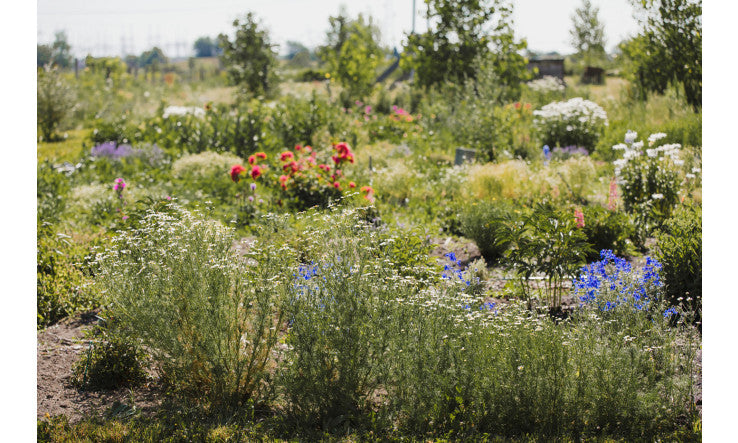When we say vegan leather, we mean the absence of animal suffering.
Popularized by several artists, passing through the catwalks and even in large chain stores, it has conquered.
Increasingly, designers here and abroad are using it in clothing, shoes, and accessories. Its chic and environmentally friendly appearance are touted. But what about its manufacturing and its ecological footprint?
Manufacturing
"Most vegan leathers are made of polyurethane," explains the animal rights group PETA. It's an alternative to leather made from petroleum derivatives. Polyurethane visually resembles leather, but it's flexible, porous, and breathable. Some offer PVC (polyvinyl chloride), which cracks, peels, and doesn't breathe.
And the environment?
The majority of vegan leathers are still petroleum by-products. What about environmental ethics? Its production still has a significant ecological footprint. Solvents and synthetic dyes are still used in its manufacture. We know that leather is of animal origin, while polyurethane leaves its own ecological footprint, as it also generates toxic emissions during its production. Doesn't this contradict the vegan movement?
Are plant-based options possible?
Around the world, many are relying on plants to make vegan leather: pineapple fibers, eucalyptus, mushrooms, vines, cotton canvas coated with corn waste, grape must... It makes you wonder if one day we'll simply be able to eat our handbags or put them in a compostable bin! Joking aside, we can see that vegan leather of plant origin is currently exploring new avenues and nevertheless constitutes a very specific market.
Vegetable tanned leather is very expensive to manufacture and it is to be hoped that in the not too distant future these materials will become more affordable and that interest will generate demand for them.
An ecological choice
Équiterre points out that it's not a matter of choosing between vegan leather and animal leather to respect the environment. To make the most ecological choice, "you have to look at the production method of the materials and the ethics of the companies." Isn't it also important to reduce your consumption of polluting materials? Yes, it's a priority for having an eco-friendly wardrobe!
To learn more about the subject: https://plus.lapresse.ca/screens/9413e076-3bd3-4baf-b5f0-636f5b7cca00__7C___0.html , https://www.ledevoir.com/vivre/543538/cuir-vegane-entre-mode-ethique-et-argument-marketing , https://quebec.huffingtonpost.ca/2015/04/20/quest-ce-que-les-sacs-dits-vegan-ou-en-cuir-vegetalien_n_7100976.html




































































Leave a comment